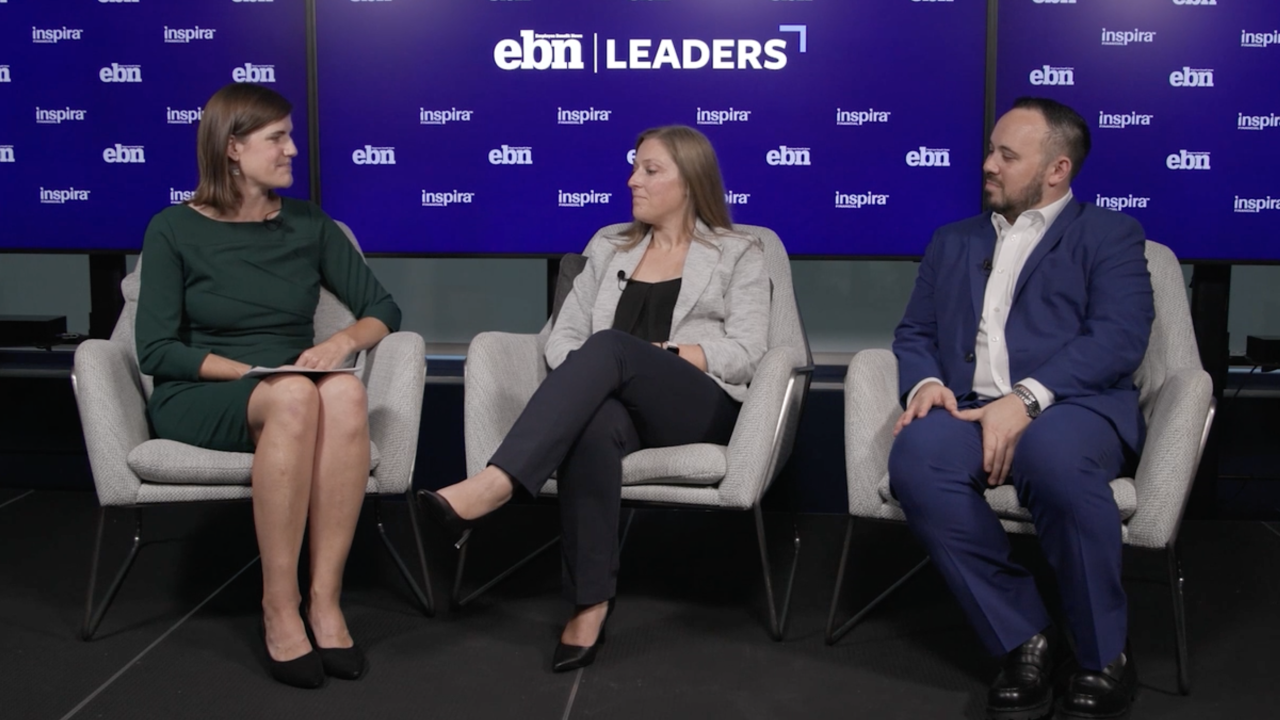Not surprisingly, employees are hyper-focused on their benefits right now due to the COVID-19 pandemic. Many are struggling to understand precisely how their health coverage works — what exactly is covered? How much of the cost are they expected to share? Where are they financially vulnerable? Others are looking for ways to enhance financial protection for themselves and their families should anything happen to them.
As such, this is the perfect opportunity for employers (and their partners) to step up and address employee needs in one or both of two ways: offering an off-cycle enrollment period for voluntary benefits and providing telephone enrollment support.
Many employees may have ignored or discounted existing voluntary benefits to this point — either because they found them to be too confusing, didn’t see or understand the value or didn’t see a pressing need for the extra coverage (and extra expense). And, frankly, they may have been struggling to understand their “standard” benefits, and just didn’t have the bandwidth or patience to figure out how voluntary benefits could also meet their needs.
Employees who are still actively at work now have a vested interest in adding financial protections for themselves and their families — whether it comes through supplemental health coverage or additional welfare coverage. And even if they are not ready to pull the trigger, they could benefit from more information about what’s available and how it could fill the gaps in their coverage.
While your employees probably have questions about voluntary benefits in general, certain benefits — including critical illness coverage, hospital indemnity coverage, short-term and long-term disability and buy up life insurance — are likely to be of particular interest in light of recent experiences. Health-related voluntary benefits like hospitalization, accident, cancer, critical illness and/or hospital indemnity insurance can insure against such expenses and help consumers feel more secure about their ability to pay substantial and unexpected health expenses.
From the employees’ perspective, voluntary benefits can be very affordable, costing far less than similar coverage purchased on the individual market. And benefits from these coverages are paid directly to the insured to be used however is needed — for out-of-pocket or non-medical costs — and aren’t reduced by other insurance.
One advantage of voluntary benefits, of course, is that in most cases, they are not subject to ERISA and are paid for on an after-tax basis — which means that the insurers themselves can determine when and whether to permit off-cycle enrollments. While such enrollments are not unusual, insurers and brokers may need to work with employers to adjust administrative processes to allow for a change in premiums processed through payroll. In fact, the case can be made that an off-cycle voluntary benefits enrollment — in addition to meeting employee needs and interests in real time — can actually help ensure employers don’t violate the voluntary benefit safe harbor. Holding enrollment meetings on company time, including voluntary benefits in open enrollment materials, or even associating the voluntary benefit with the employer’s name, can all potentially violate the safe harbor.
Why Telephonic Enrollment?
Today’s employees are already confused and overwhelmed with their benefits choices — we’ve all read the studies reporting that most people would rather pay their taxes, clean their toilet, or do just about anything other than tackle their benefits enrollment.
Much of that “reluctance” is a natural instinct to ignore what we don’t understand. And, when confronted with more choices in the form of voluntary benefits, they become even more reluctant. But when offered the opportunity to talk with a benefits expert in private about their personal situation, employees tend to be far more receptive.
Many benefit administrators offer online tools to help with decision making, but these tools, while useful, tend to be relatively high level and can provide only general guidance. One-on-one sessions are typically viewed as the most helpful, because employees can ask the questions that are most important to them and their families, increase their health care understanding and make more informed benefits decisions.
While in-person meetings are not an option in today’s environment — even if HR did have the bandwidth to help — telephonic enrollment support offers the same benefits. Telephonic enrollment:
- Offers a personal touch when employees need help and human connection
- Allows employees to discuss their personal circumstances to ensure they’re making the right purchasing decision
- Can be set up to meet employees’ schedules
- Enables family members to participate in the discussion through speakerphone
- Enables employee to focus questions on the specific benefit(s) they don’t understand
From the perspective of employers, offering off-cycle and/or telephonic enrollment support can have both an immediate and long-term impact. By offering their workforce a chance to supplement their existing coverage (either now or at a future date) — and to get their most personal benefits questions answered conveniently and by experts — employers will likely see greater employee loyalty and engagement, improved retention of existing and future employees and enhanced competitiveness in the workforce market once the economy rebounds.






